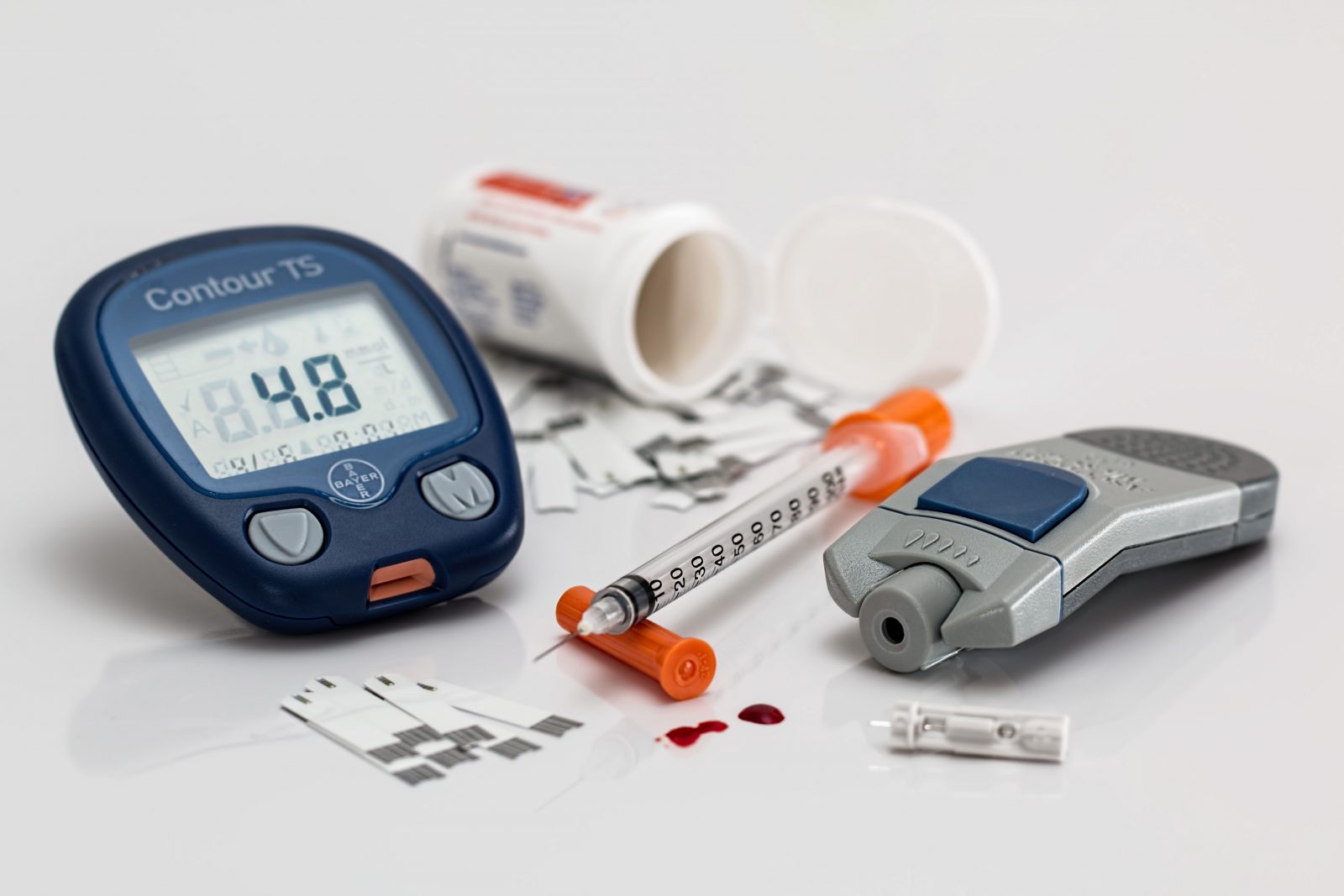This article highlights the details of the adverse event reporting regulations in the European Union (EU) and the United States (US), their similarities, differences, and their impact on medical device safety.

Table of Contents
Ensuring the safety and effectiveness of medical devices is of paramount importance to protect public health.
Adverse event reporting plays a crucial role in ensuring that medical devices are continually monitored for their performance and patient safety.
Understanding the regulatory nuances in these major regions is essential for manufacturers, healthcare professionals, and regulatory authorities to uphold the highest standards of safety and compliance.
European Union (EU) Regulations
In the EU, medical device adverse event reporting is governed by the Medical Device Regulation (MDR) (Regulation (EU) 2017/745) and the In Vitro Diagnostic Medical Devices Regulation (IVDR) (Regulation (EU) 2017/746). Key features include:
Reporting Entities: Manufacturers, importers, and distributors are obligated to report adverse events to the Competent Authorities within specified timelines.
Adverse Event Definitions: The MDR and IVDR provide detailed definitions of adverse events, encompassing incidents that result in death, serious injuries, or other health hazards.
Reporting Timelines: Adverse events must be reported within strict timeframes, with serious incidents requiring immediate reporting.
Centralized EU Databases: The EU has established EUDAMED, a central repository, to collect, store, and disseminate information on medical device adverse events.
USA Regulations
In the US, the Food and Drug Administration (FDA) oversees medical device adverse event reporting through the Medical Device Reporting (MDR) regulation (21 CFR Part 803).
Key aspects include:-
Reporting Entities: Manufacturers, importers, and device user facilities, such as hospitals and nursing homes, are required to report adverse events to the FDA.
Adverse Event Definitions: The MDR regulation defines adverse events as deaths, serious injuries, and malfunctions that could lead to harm.
Mandatory Reporting: Manufacturers must submit reports for device-related deaths, serious injuries, and malfunctions, whereas user facilities report events that cause or contribute to serious injuries or deaths.
Voluntary Medical Device Reporting: The FDA promotes voluntary submissions of serious adverse events or product issues with medical products to MedWatch, the FDA’s Safety Information and Adverse Event Reporting Program. This includes reports from healthcare professionals, patients, caregivers, and consumers.
Alternative Summary Reporting (ASR): Historically, the FDA allowed certain manufacturers to submit quarterly summary reports instead of individual adverse event reports. However, recent changes have limited the use of ASR.
Similarities between EU and US Regulations
Despite some variations, the EU and US regulations share common objectives and fundamental principles:
Mandatory Reporting: Both the EU and the US require manufacturers to report adverse events promptly.
Serious Event Criteria: Both jurisdictions define adverse events based on severity, such as death, serious injuries, and health hazards.
Centralized Databases: Both the EU and the US maintain centralized databases to store and disseminate information on adverse events (EUDAMED in the EU and Manufacturer and User Facility Device Experience (MAUDE) in the US).
Differences between EU and US Regulations
While there are some similarities, there are notable differences between the EU and US regulations:
Scope: The EU regulations (MDR and IVDR) cover a wider range of medical devices than the US regulations, which have separate classifications for different devices.
Reporting Entities: The EU regulations include importers and distributors as reporting entities, whereas the US regulations include user facilities.
Reporting Timelines: The EU regulations generally have shorter reporting timelines compared to the US regulations.
Unique Requirements: Each jurisdiction has unique requirements. For instance, the EU regulations emphasize post-market surveillance and risk management, while the US regulations focus on Unique Device Identification (UDI) implementation.
Conclusion
In conclusion, while the EU and the US have distinct approaches to medical device adverse event reporting, they ultimately serve the same purpose of safeguarding public health.
As technology advances and global collaboration increases, harmonization of regulations and the exchange of best practices between jurisdictions become increasingly important to foster a safer and more reliable medical device ecosystem.
How Can RegDesk Help?
RegDesk is a holistic Regulatory Information Management System that provides medical device and pharma companies with regulatory intelligence for over 120 markets worldwide. It can help you prepare and publish global applications, manage standards, run change assessments, and obtain real-time alerts on regulatory changes through a centralized platform. Our clients also have access to our network of over 4000 compliance experts worldwide to obtain verification on critical questions. Global expansion has never been this simple.


